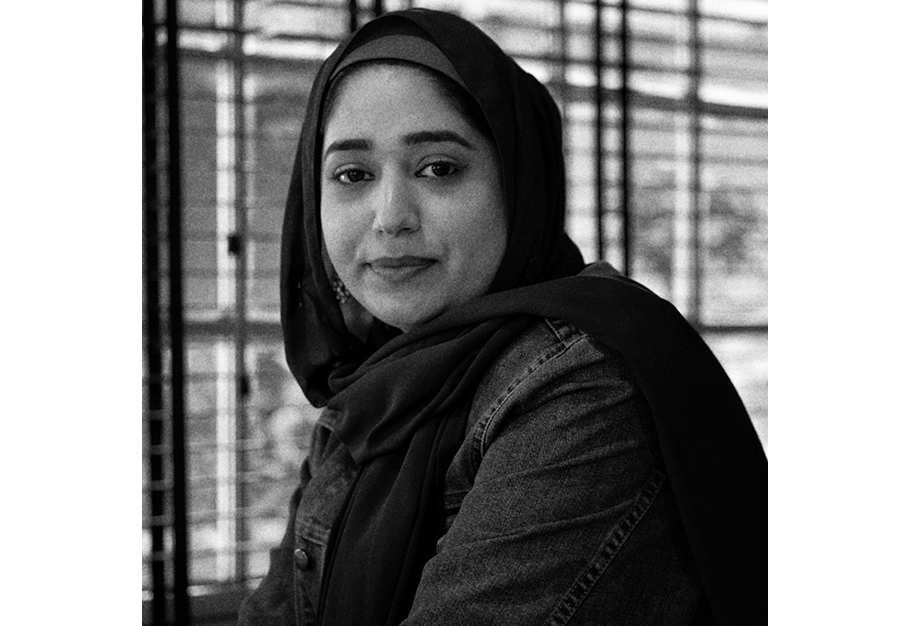The Marai Photo Grant 2025 Winners
We are excited to announce the winners of the Marai Photo Grant 2025, selected from a talented pool of South Asian applicants.
After careful review by our panel of five expert judges, these photographers were chosen for the strength of their portfolios and their proposed project ideas exploring the impact of climate change in their daily life.
Two winners — from female and male categories — stood out for their compelling ideas and the storytelling evident in their past work.
Get to know the winners and discover the ideas driving their impactful projects!
Female Category
WinnerShefali Rafiq

"I had a dream": Water crisis is forcing India's young girls out of school
Water crisis is a daily affair for the over 2 million population of this district of Maharashtra state. Last year newspapers ran stories on the ordeal both during the summer and the monsoon season.
"Over 3.5 lakh (350,000) people in 669 villages across four districts of the Nashik division are facing a severe drinking water crisis," one of the major newspapers wrote in one of its leads. This, however, is not only the story of Nashik, but also many other villages across India that are grappling with it.
While people face a number of issues due to the water crisis, the most affected in the region are young girls like Tulsa who have to leave their studies mid-way through owing to inadequate water in their area.
Women like her walk miles to fetch water owing to depleting resources in India. Girls like Tulsa often spend hours each day trekking long distances to collect water for their families. This leaves them exhausted, with little time or energy for schoolwork.
In desperate situations, families pull girls out of school to help with water collection or other household chores, perpetuating gender inequality and limiting their life choices.
Girls are traditionally made responsible for water collection and household chores. Water scarcity exacerbates these gender inequalities, making them even more vulnerable to early marriage as a way to fulfill their expected roles
Some families may see marrying off their daughters at a young age as a way to protect them from sexual violence or other dangers, especially when water scarcity leads to increased migration or social unrest.
To add to that, lack of access to education and awareness about the negative consequences of child marriage can make families more likely to consider it as a viable option, particularly in desperate situations caused by water scarcity.
Globally, climate change is compelling girls to abandon their educational pursuits. According to a report, in 2021, a minimum of four million girls in low- and lower-middle-income nations were unable to finish their education due to climate-related incidents. Thousands among these girls live in India.
Droughts, floods, heightened vulnerability to zoonotic diseases, and air pollution are amplifying existing disparities faced by girls, placing additional constraints on their capacity to engage in learning. For this project, I will speak to many young girls and their families and look into how the water crisis fuelled by climate change is forcing Indian girls out of school.
We'll update with the full photo story once it's ready — stay tuned.
Male Category
WinnerMuhammad Amdad Hossain

The Wells Are Dry: Water Crisis in the Coastal Belt
The Bangladesh floods are a growing climate-induced disaster, driven by ever more erratic monsoon rains and surges of water from the upstream areas in northeast India. But with rainfall patterns strengthened by climate change and glacial melts hastened by it, these floods have ceased to be seasonal crises — they are now yearly humanitarian crises. Each year, 30% of the country is overwhelmed by water, threatening to upend lives, destroy buildings, and displace whole communities.
The magnitude of destruction is mind-boggling. Every year, more than 7 million people are displaced due to floods in Bangladesh. Homes get destroyed, roads get destroyed, lands get destroyed, and villages get submerged in water. People are forced out with or without notice and relocate to crowded schools, government buildings, or camps. They live without food, clean water, or electricity for days or weeks. Collapse of sewerage pipes and complete power outages augment the tragedy, and tainted water propels lethal waterborne diseases such as cholera, diarrhea, and skin disease.
The most vulnerable and the poor are always hit the hardest. In low-lying and frequently flooded districts like Kurigram, Feni, and Chittagong, people lose everything year after year. They lack economic resources, infrastructure, and institutions to bounce back from this, so each flood is not only a temporary crisis but also a long-term loss.
Under the Marai Photo Grant 2025, I will work on a visual documentary project titled "The Wells Are Dry: Water Crisis in the Coastal Belt". This project explores the growing drinking water crisis in the climate-vulnerable coastal regions of southern Bangladesh — including Satkhira, Khulna, Bagerhat, and Kutubdia in Chittagong.
As sea levels rise and saltwater intrudes inland, freshwater sources such as ponds and tube wells are turning saline, leaving millions without access to safe water. The project will document the daily struggles of affected communities — particularly women and children — who walk long distances, store rainwater, and adapt their lives around scarcity.
By focusing on this slow-onset emergency, the project aims to humanize one of the most urgent yet overlooked impacts of climate change in South Asia.
We'll update with the full photo story once it's ready — stay tuned.


